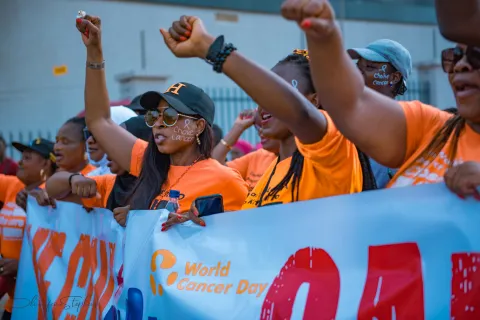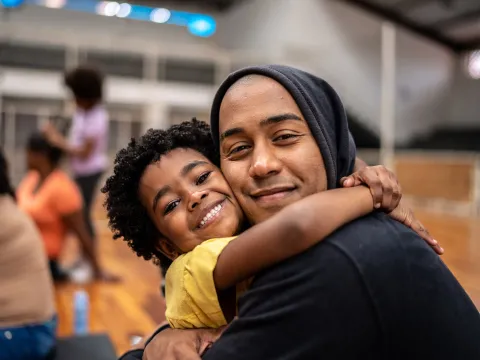La reorientación de la atención oncológica hacia un enfoque centrado en las personas empieza por comprender lo que éstas valoran y las condiciones en las que viven y toman decisiones sanitarias en cada etapa del continuo oncológico: desde la prevención, la prevención, el cribado, el diagnóstico, el tratamiento, los cuidados paliativos y la supervivencia. La atención oncológica debe ser holística, no aislada en torno a un único diagnóstico. Debe integrarse en un marco más amplio de servicios sanitarios que tengan en cuenta todas las necesidades de la persona. Esto incluye la detección de otros tipos de cáncer, el tratamiento de comorbilidades y factores de riesgo, e incluso la atención a las necesidades sanitarias de los familiares que puedan estar presentes, como la vacunación infantil. Al mirar más allá de la afección o los síntomas inmediatos, la atención integrada puede apoyar mejor a las personas en el contexto de sus vidas, no sólo de sus enfermedades.
Las estrategias eficaces de prevención y detección precoz también deben diseñarse teniendo en cuenta las condiciones sociales, económicas y ambientales que determinan los conocimientos, la concienciación y los comportamientos de búsqueda de la salud de las personas, como la educación, el empleo, la vivienda y el acceso a productos saludables.
En el momento del diagnóstico y el tratamiento, las personas deben participar activamente en su atención. Un enfoque centrado en las personas las dota de información clara y accesible para que puedan sopesar las opciones, gestionar su atención y tomar decisiones acordes con sus valores, objetivos y estilos de vida. No se trata de preguntar: "¿Qué te pasa?", sino: "¿Qué te importa?"
.







